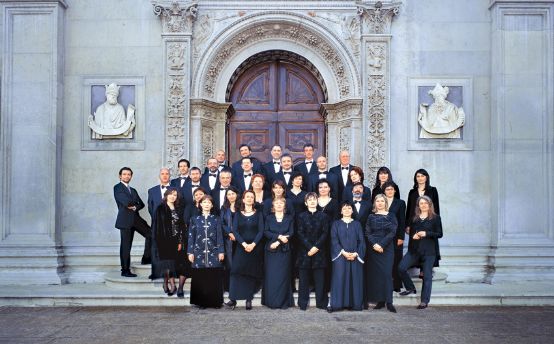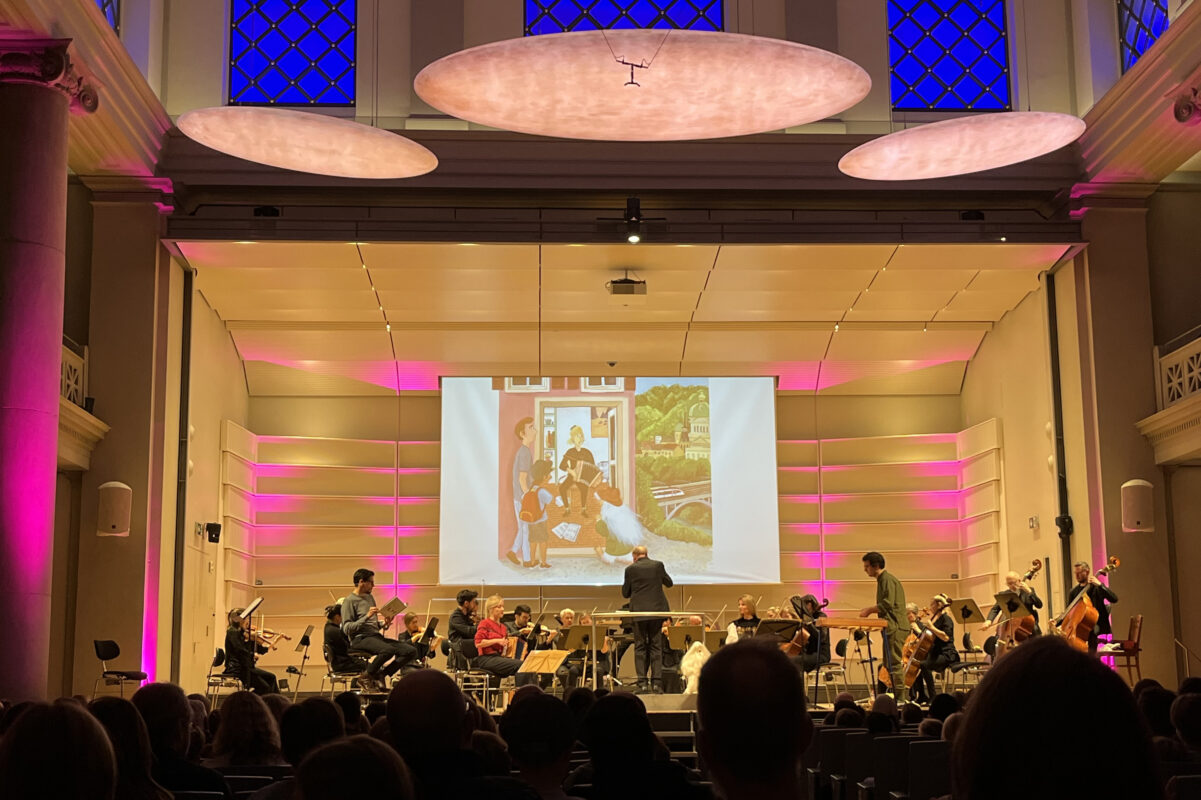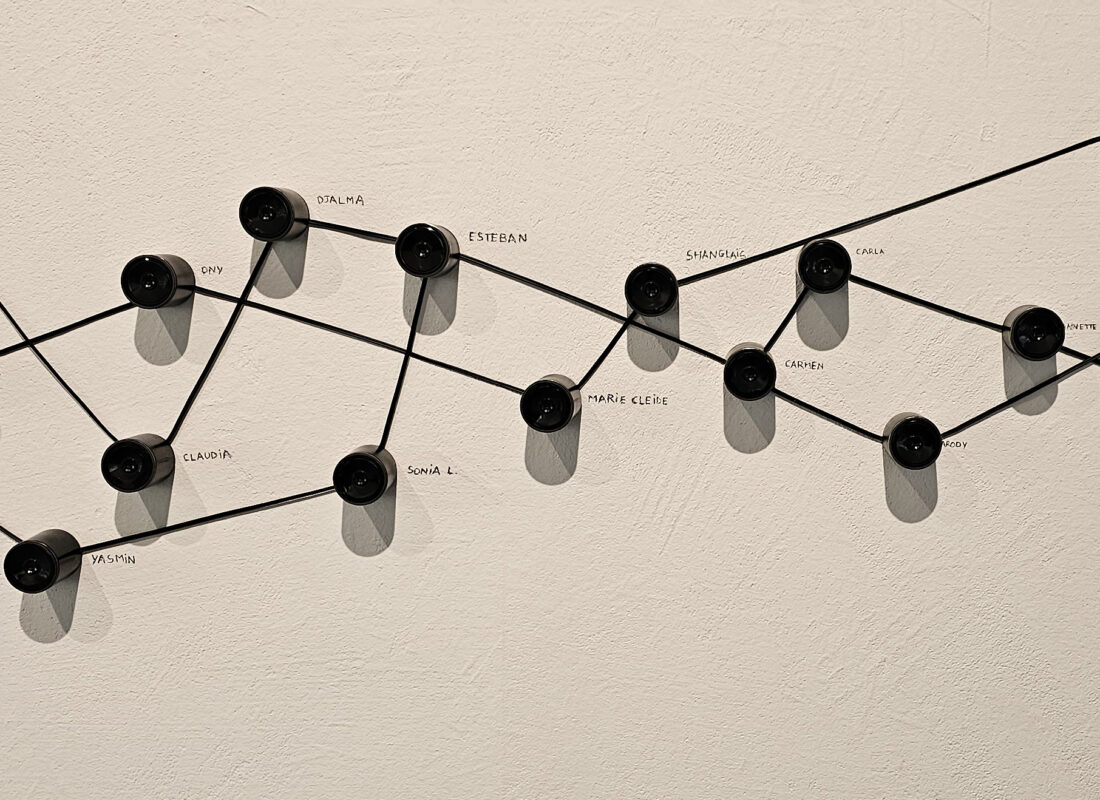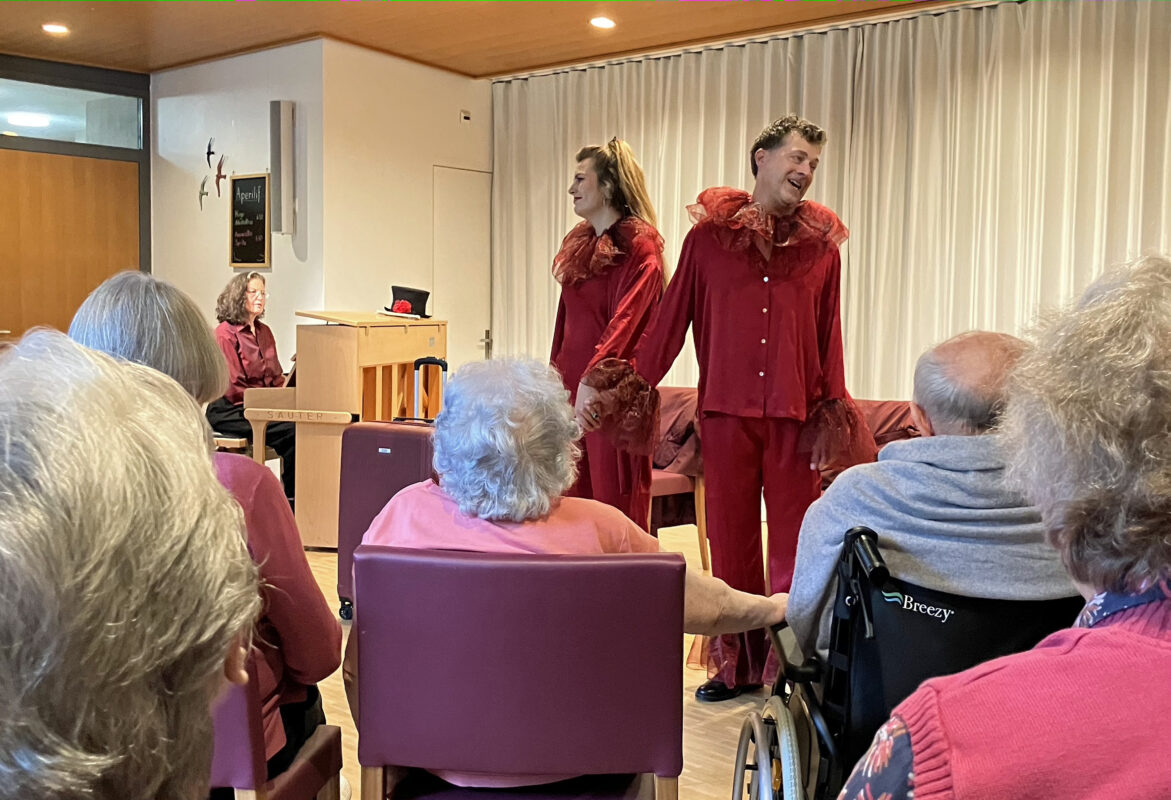A look at the Swiss early music scene
The Early Music Festival Zurich showcased the diversity of the local ensembles and soloists and enabled encounters with leading exponents.

Very few friends of early music will have heard the title of the announced work: Fontana d'Israel - Israelis fountain. The work was written by the Leipzig Thomaskantor Johann Hermann Schein, who had it printed there in 1623. It is a collection of mainly five-part compositions for vocal ensemble and basso continuo. The texts are taken from the Old Testament, mainly from the Psalms, and formulate wisdom on life and death and the relationship between man and God in a language rich in imagery. Stylistically, the cycle moves between the madrigal and motet traditions.
Emotional interpretation
Gli Angeli Genève, under the direction of its founder Stephan MacLeod, blew the dust off the time-honored work. In Zurich's St. Peter's Church, the ensemble performed a brilliant interpretation of the - slightly abridged - cycle. MacLeod, who sang bass himself, formed a very expressive quintet together with the sopranos Dorothee Mields and Monika Mauch and the tenors Robert Getchell and Georg Poplutz, who were accompanied by the harpist Giovanna Pessi, the cellist Hager Hanana and the organist François Guerrier on his chest organ. All five singers are recognized specialists in early music and cultivated a straight but emotionally penetrating sound. The text arrangement was outstanding, capturing both the meaning and the mood of these biblical texts. Those who sow with tears will reap with joy is the third of the 26 pieces. The expressive chromatic lines in the "Tears" and the bouncing rhythms in the "Joys" made this content very clear. Gli Angeli Genève are truly not an anemic ensemble, their heartfelt interpretation, which also likes to operate with strong colors, aroused great enthusiasm among the audience.
Swiss groups
The Zurich festival, which ran from March 20 to 30, bore the fashionable title altemusic@ch. The CH only marginally referred to music by Swiss composers, but mainly to pre-classical music performed by Swiss or Swiss-based soloists and groups. However, as the organizers of the Forum Alte Musik Zürich wrote in their foreword, the aim was not to present "the" early music scene - twelve events would never be enough - but to showcase some interesting exponents of it. And they undoubtedly succeeded in doing so.
Under the direction of violinist Leila Schayegh, who studied baroque violin with Chiara Banchini, the baroque orchestra La Cetra from Basel performed string music from the 17th century. John Holloway, a Swiss by choice, presented music from the English Renaissance with his ensemble. The young ensemble Chant 1450 joined forces with oud player Mahmoud Turkmani in a program focusing on Spain. Early music from Zurich was presented during a walk through the city and at a concert in the Rigiblick Theater. A symposium led by Inga Mai Groote from the University of Zurich was also dedicated to musical life in the Old Swiss Confederacy.
A calm attitude
The Lugano-based Coro della Radiotelevisione Svizzera with its artistic director Diego Fasolis is a formation that also has a firm place in the Swiss early music scene. Unfortunately, he had to cancel his participation at short notice due to illness. At the last minute, so to speak, a replacement was found in Gianluca Capuano, who regularly works with the Coro and was able to take over the planned program unchanged. The a cappella concert in St. Peter's Church, which marked the end of the festival, was dedicated exclusively to the Renaissance composer Giovanni Pierluigi da Palestrina. The program was linked to Fasolis' ambitious project to record all of Palestrina's masses on CD with his choir, based on the scholarly complete edition that is currently being produced.
The clearly structured program presented the Missa della Beata Vergine from the second book of mass compositions and inserted motets and ricercari between the individual movements. Whether the ricercari were really by Palestrina is doubtful. However, the pieces, which Capuano played on a chest organ, formed suitable intonations for the vocal works either way. The choir sang with seven female and nine male voices, with two men also taking part in the alto. Overall, the result was a very homogeneous sound with pure intonation and good blending of the voices. In the mass movements, the choir showed a relatively serene attitude and did not venture out onto the branches. In the motets, the singers paid more attention to the meaning of the text and thus produced some strong effects. In comparison with Gli Angeli Genève, however, the Coro della Radiotelevisione Svizzera did not achieve the same immediacy of expression.








